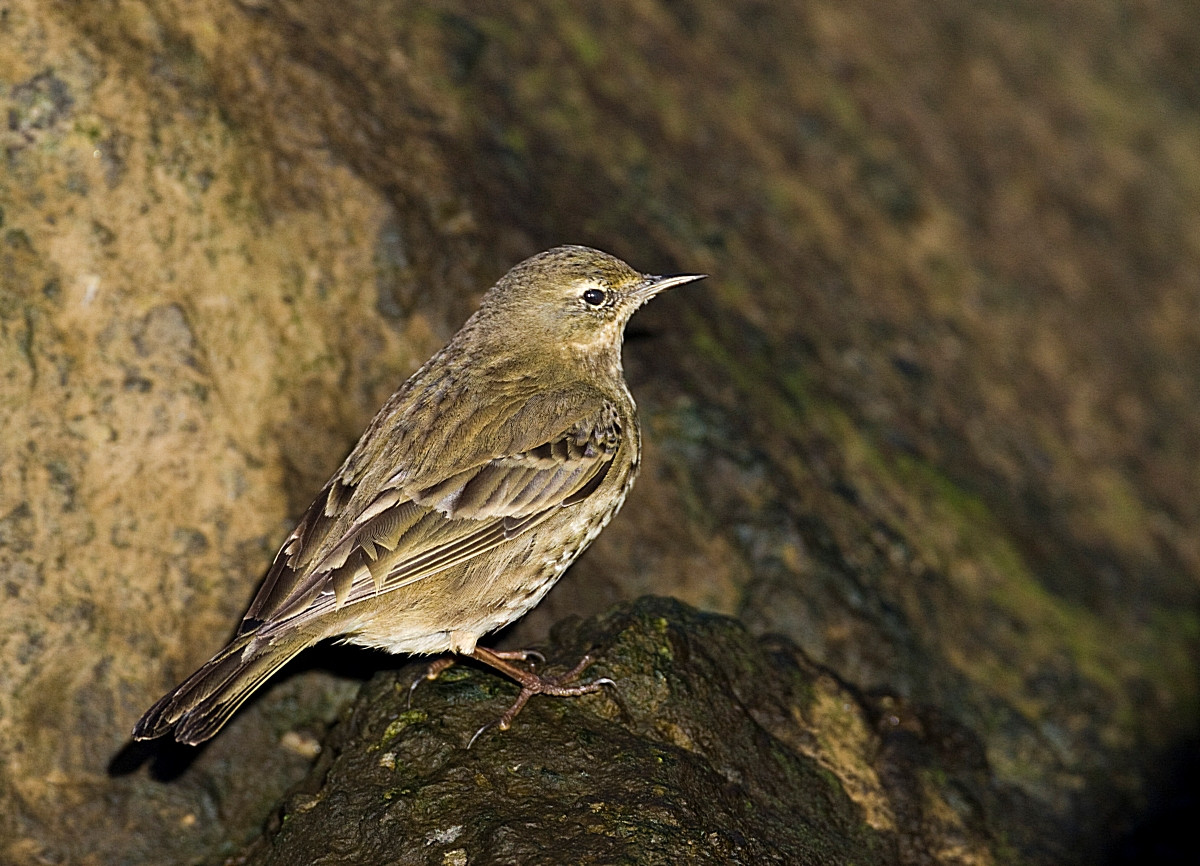Description
The village has areas of private gardens and open greens, which attract the usual range of garden birds. Its northern boundary is the River Blyth and bordering marshes and wet grazing, including some waders and geese. East and south, a shingle beach stretches beyond Dunwich; the shallows offshore attract sea ducks, such as turpan černý. There's brackish marshes behind the shingle ridge which is threatened by erosion; the marshes attract resident and migratory passerines and waders, such as sýkořice vousatá, linduška skalní, jespák obecný, jespák bojovný and břehouš černoocasý. There will be migratory and resident hirundines, occasionally late into autumn.
The ground rises above sea level to the west and southwest of Walberswick village. In the west, there's heathland where there are pěnice kaštanová and lelek lesní for patient and lucky watchers, as well as more common species. There's deciduous woodlandin the southwest with a few freshwater ponds with a variety of ducks.
The marshes and heathland are part of a National Nature Reserve.
Details
Access
Walberswick may be reached by car, bike, river ferry from Southwold or on foot. Buses serve both Walberswick and Southwold.
There are car parks on the beach side of the village and near to the ferry - a fee is required. These are likely to be full during summer season; but not during times of birding interest.
Cars, bikes and wheelchairs are restricted to the village by the terrain, so the really interesting areas will be reached on foot. There are public footpaths and visitors are required not to wander onto private land or into protected areas
Terrain and Habitat
Forest , Wetland , Lake , Beach , Mud flats , Scattered trees and bushes , Grassland , Moors/heathland , River , Sea , Reedbeds , City/villageConditions
Flat , Sandy , Wet , No shadow , Open landscape , High water possibleCircular trail
YesIs a telescope useful?
Can be usefulGood birding season
Spring , Autumn , WinterBest time to visit
Winter , Autumn migration , Spring migrationRoute
Paved road , Wide path , Narrow trail , Unpaved roadDifficulty walking trail
EasyAccessible by
FootBirdwatching hide / platform
NoExtra info
There are toilets and refreshment places in the village. The area can take a day to explore. The beach gives views over the sea and the coastal marshes and this is one place where a scope is handy. This is an exposed location, which can make a scope difficult. The heath should be explored with patience to get the best chance of interesting sightings.




